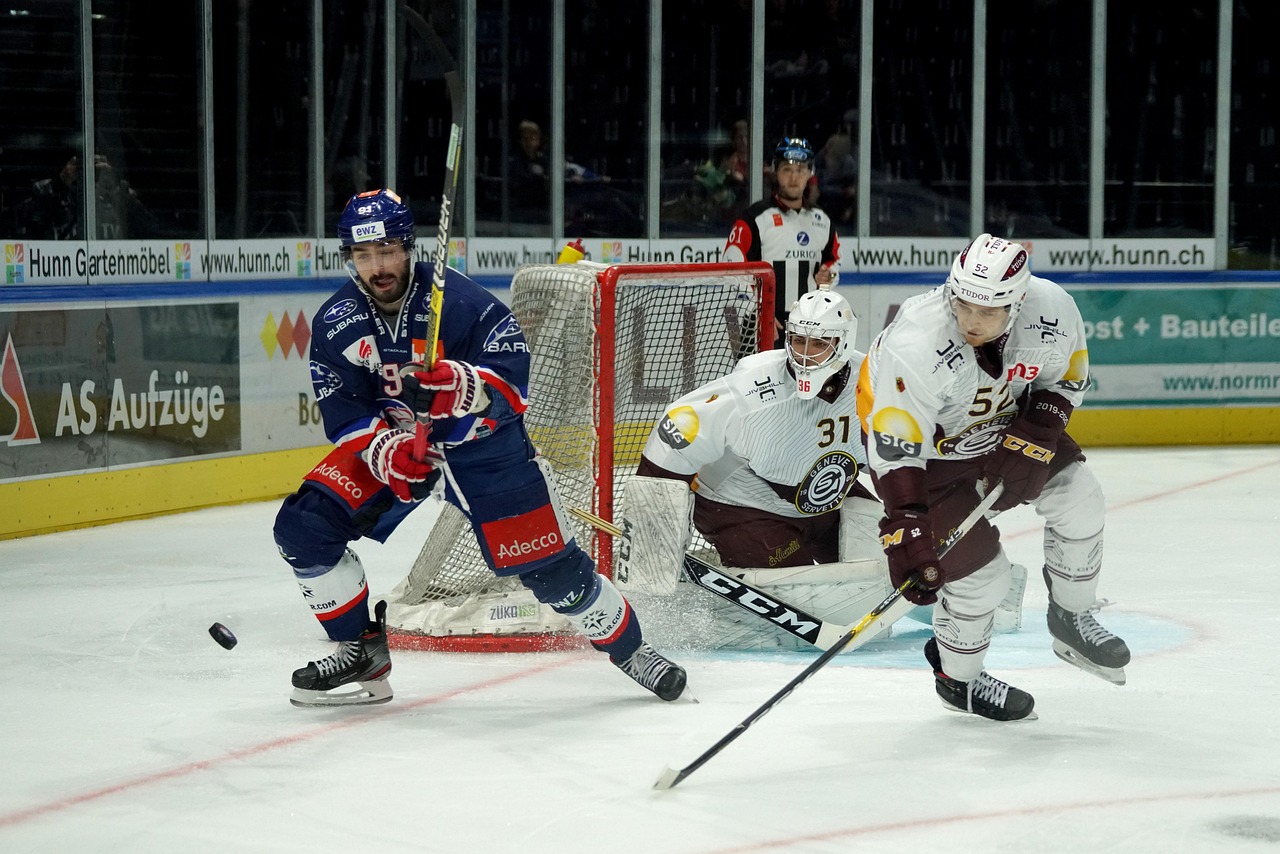The Intricate Ballet of Ice Hockey: A Dance on Ice
Ice hockey, a thrilling spectacle of speed, agility, and precision, is more than just a game—it's an intricate dance on ice. With its deep-rooted history, complex strategies, and real-world applications, this sport offers a unique lens into the world of athletics.

The Genesis of Ice Hockey: A Historical Overview
The origins of ice hockey are shrouded in the mists of time. Some trace its roots back to the early 19th century in Canada, where it was said to have evolved from field hockey played by British soldiers. The first formal indoor game, however, was played in Montreal in 1875, and it was from this point that the sport started to take its modern form.
Gradually, rules were established, and specific equipment was developed. The game was adapted for the harsh winter conditions, leading to the creation of the ice hockey we know today. The National Hockey League (NHL), formed in 1917, took the sport to new heights of popularity and professionalism.
Ice Hockey Today: Current Trends and Analysis
In the contemporary game, ice hockey continues to evolve. The speed, intensity, and physicality have increased, as has the importance of strategy. Today’s game is characterized by rapid transitions, puck control, and an emphasis on team play.
One significant trend is the increased reliance on analytics. Coaches and teams utilize data to understand player performance, optimize strategies, and predict outcomes. This analytical approach has added a new layer to the game, making it even more nuanced and complex than before.
The Strategy of Skating: Ice Hockey’s Core Skill
At the heart of ice hockey lies a unique blend of skills—skating, stick handling, shooting, and checking. Of these, skating is the most fundamental. It’s not just about speed, but also agility, balance, and quick directional changes.
The benefits of mastering skating are manifold. It allows players to maneuver effectively on the ice, maintain puck control, and evade opponents. However, it also poses challenges. The ice surface is slippery, and maintaining balance while moving at high speeds is no easy task.
In practical terms, skating skills are essential in both offensive and defensive strategies. For example, a forward player uses swift, agile skating to outpace defenders and create scoring opportunities. Conversely, a defenseman uses strong, stable skating to block opponents and protect their goal.
The Science of Ice Hockey: Backed by Research
The strategies and skills employed in ice hockey are underpinned by science. Research has shed light on the biomechanics of skating, the physics of puck movement, and the physiological demands of the sport.
For instance, studies have shown that effective skating relies on specific muscle groups, including the hip flexors, quadriceps, and glutes. Moreover, research has revealed that the sudden, intense exertions in ice hockey—such as sprinting, hitting, and shooting—require a high level of anaerobic fitness.
The Universal Language of Ice Hockey: Beyond the Ice Rink
Ice hockey is more than just a sport—it’s a universal language that brings people together. The strategies and skills learned on the ice rink can be applied in various aspects of life. Teamwork, discipline, resilience, and strategic thinking are all valuable life skills honed by playing the game.
In conclusion, ice hockey is a captivating sport with a rich history, complex strategies, and real-world applications. It’s a game that continues to evolve and fascinate, offering a unique perspective on the world of sports.




